WARNING: Aboriginal and Torres Strait Islander readers please be aware the following article contains images of a deceased person.
A week ago today, on November 27, Aboriginal activist and leader Sam Watson passed away. Earlier this year, he spoke to Quest Community Newspapers for a story about West End’s gentrification and painted a vivid vignette of the suburb as it was in his youth and how dramatically it has changed. True to form, the lifelong activist ended the conversation with a rallying call for “a battle for the near future”. Here is that interview, edited for clarity and length.
I’ve grown up around West End since the 1950s and it’s changed dramatically, and it’s changed not in a good way. There were shipping companies along Little Stanley St and that’s disappeared. There was the Salvation Army hostel for the single people down there where GOMA is now. I sold The Telegraph (now defunct evening newspaper) through there, I sold the city final edition after four o’clock.
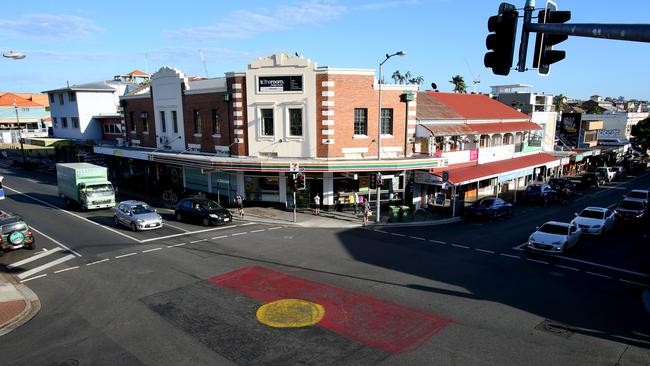
There were interesting shops, and fish and chip shops — all these different places you could get a really good feed for pretty cheap. The best pie stand at Brisbane was outside South Brisbane Station where you could get a pie with peas for a couple of shillings. Near the Victoria Bridge you had the fish markets, you had the river trawlers. It’s not ancient history, it was just four or five decades ago. It was a thriving dynamic community and there was a lot of employment. The Souths League Club had a pretty good rugby league team. There was a lot of rivalry between the young black guys who played for the Easts and the Greek guys who played for the Souths.
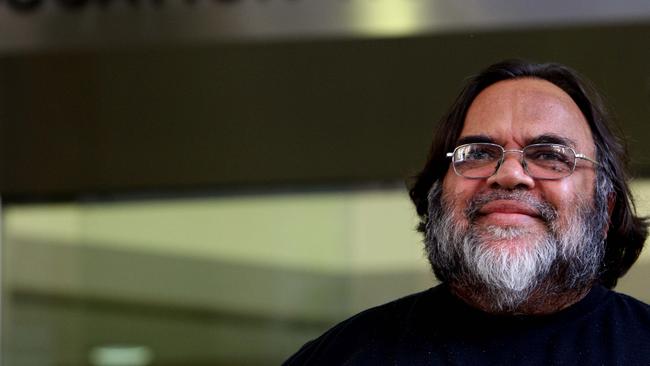
Underpinning all this was an incredibly strong sense of community. We had a lot of people coming in from the 60s who came in from the Vietnam War. They used to come into West End with its really cheap accommodation. West End was also close to the Greenslopes Hospital, they could get the tram there. We had a lot of young American soldiers who were on R&R. There would be people walking around the area who were petty criminals, but they never preyed on their own, and there were prostitutes but there was very little violence. I was never assaulted because I had so many uncles and aunties around me. These were people who’d seen very interesting lives. Everyone looked after each other.
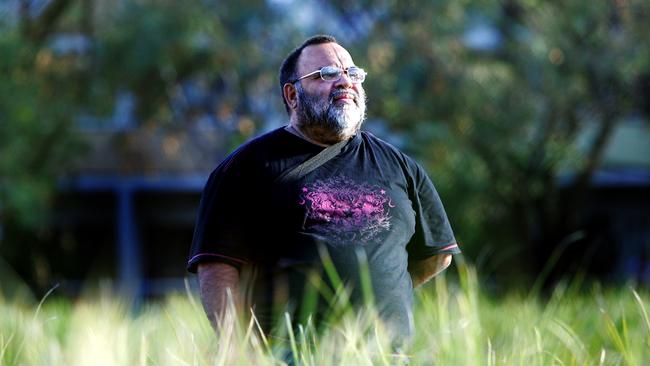
The bigger houses with the huge yards are disappearing and now we’ve got these gated communities in huge apartments. You now have these building of units and apartments where people block themselves from the world around them. The semi-professionals, the white collar workers, the beautiful people. All power to them, they’re very successful and they make their own contributions to the Queensland economy. The developers seem to be hitching their projects to an up-market demographic, which isn’t very interesting. It’s a heavily regulated, bland community. I’m trying to think about positive changes that have occurred and I can’t really.
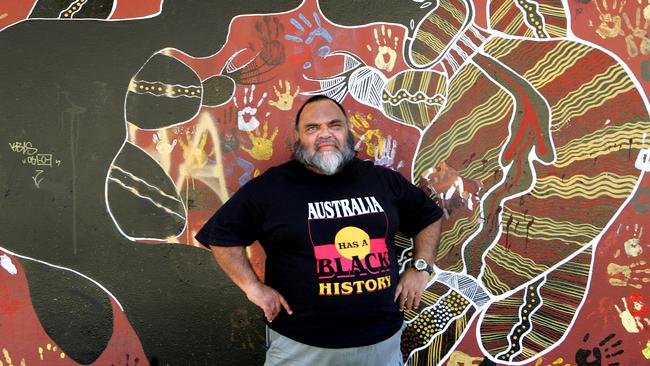
Musgrave Park has always been a gathering place for Aboriginal people, a vibrant place with a strong sense of community. It was a really interesting place. There were literally hundreds of Aboriginal and Torres Strait Islanders living in West End but in the last two or three decades, they’ve been displaced and shifted out to the welfare suburbs of Woodridge, Inala and Logan. They can’t afford to compete with the accommodation prices. I don’t know a single Aboriginal or Torres Strait Islander family who owns their own dwelling in South Brisbane and West End. This is our traditional homeland and now we’ve got to line up and put a lease in for an overpriced sweat box without character or history.
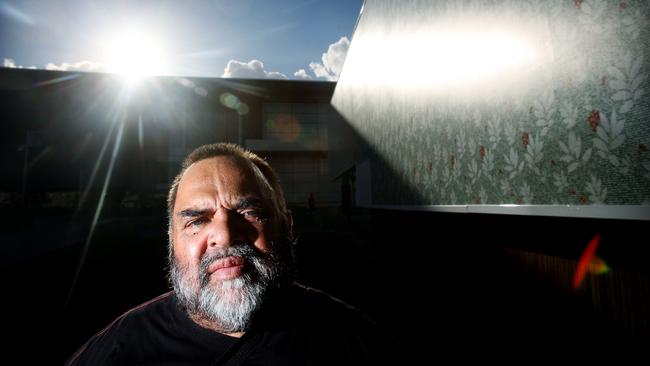
We will never surrender one square inch of Musgrave Park. Aboriginal and Torres Strait Islander people and our many Indigenous brethren really do love that place. We still want to build our Cultural Centre there. That’s a battle for the near future. The way in which the big wigs in George St are running the arts means there’s very few Indigenous works being presented around West End and South Brisbane whereas the Powerhouse and the Judith Wright are regularly showcasing Indigenous works.
A Department of Environment and Science spokeswoman told Quest Community News the State Government committed $2 million over two years towards an options assessment to establish a First Nations Cultural Centre (FNCC) in Brisbane in this year’s budget. “Mr Watson was consulted during the options assessment process,” she said. She could not confirm if the FNCC would be in Musgrave Park. “No location has been finalised as yet, and consultation is currently underway on the options assessment,” she said.
She said the assessment, due to be completed next year, would consider the centre’s location, role and function, cost to construct and operate, and governance models. It would also consider opportunities to connect a Brisbane-based Centre with Indigenous Art Centres and other important sites throughout Queensland.

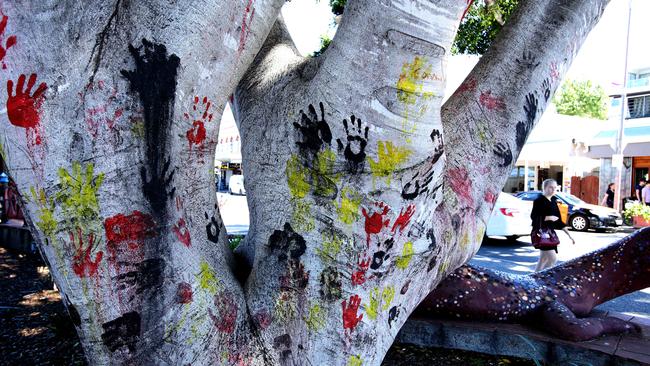
Add your comment to this story
To join the conversation, please log in. Don't have an account? Register
Join the conversation, you are commenting as Logout
Christmas ‘rail fail’ 2.0? Every SEQ line affected by closures
South East Queensland rail passengers face five weeks of disruption up to Christmas and beyond as Cross River Rail works shut down entire lines. SEE THE CHANGES
‘Bloody good journo and a very nice bloke’: Tributes for Bob Howarth
Beloved journalist and mentor Bob Howarth touched lives across the Asia-Pacific, inspiring generations with his wit, kindness, and guidance and leaving a legacy of storytelling and generosity.